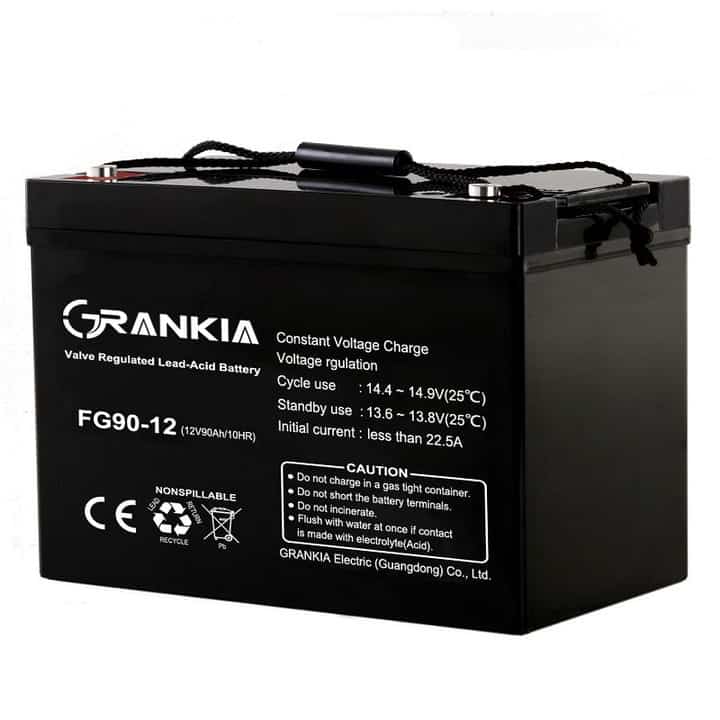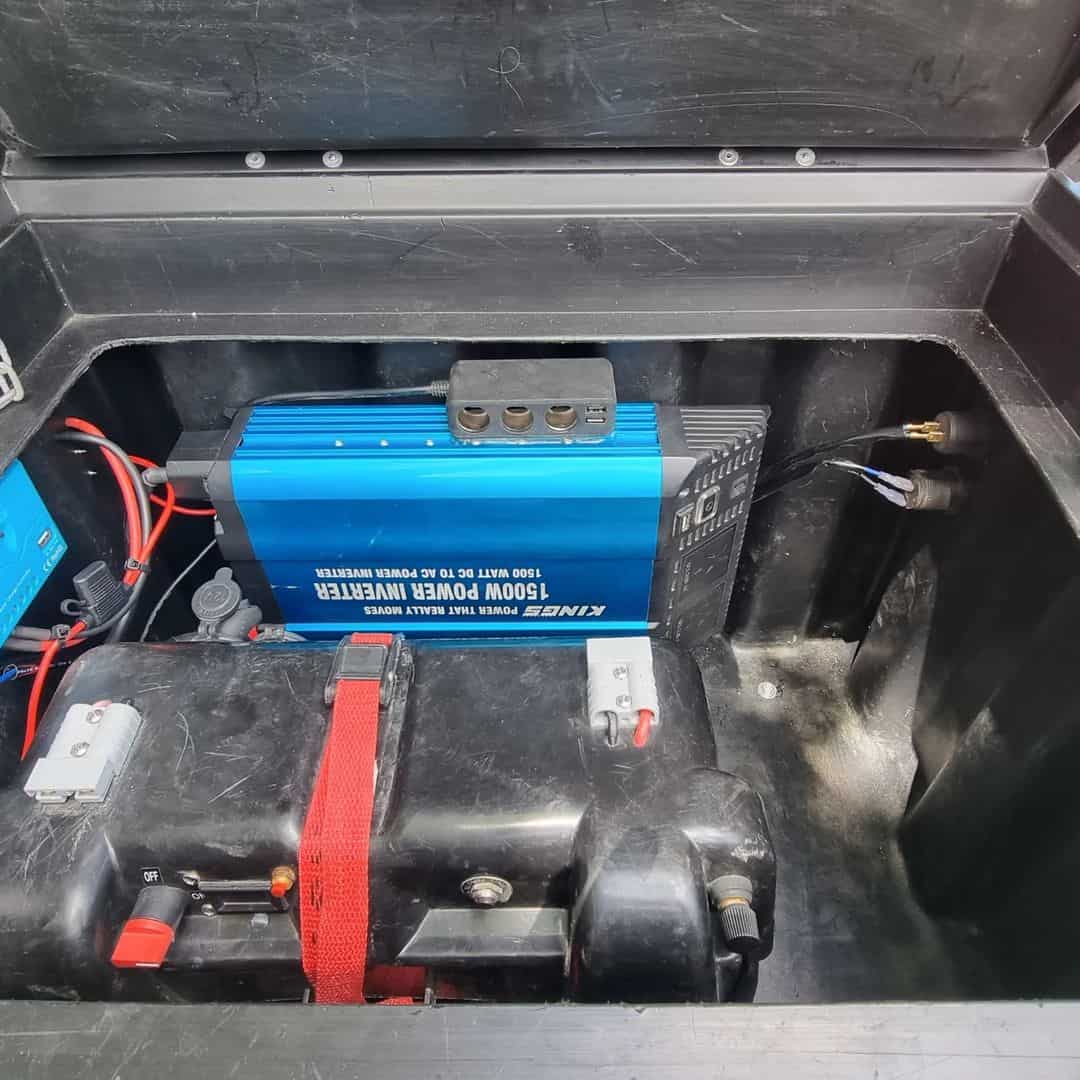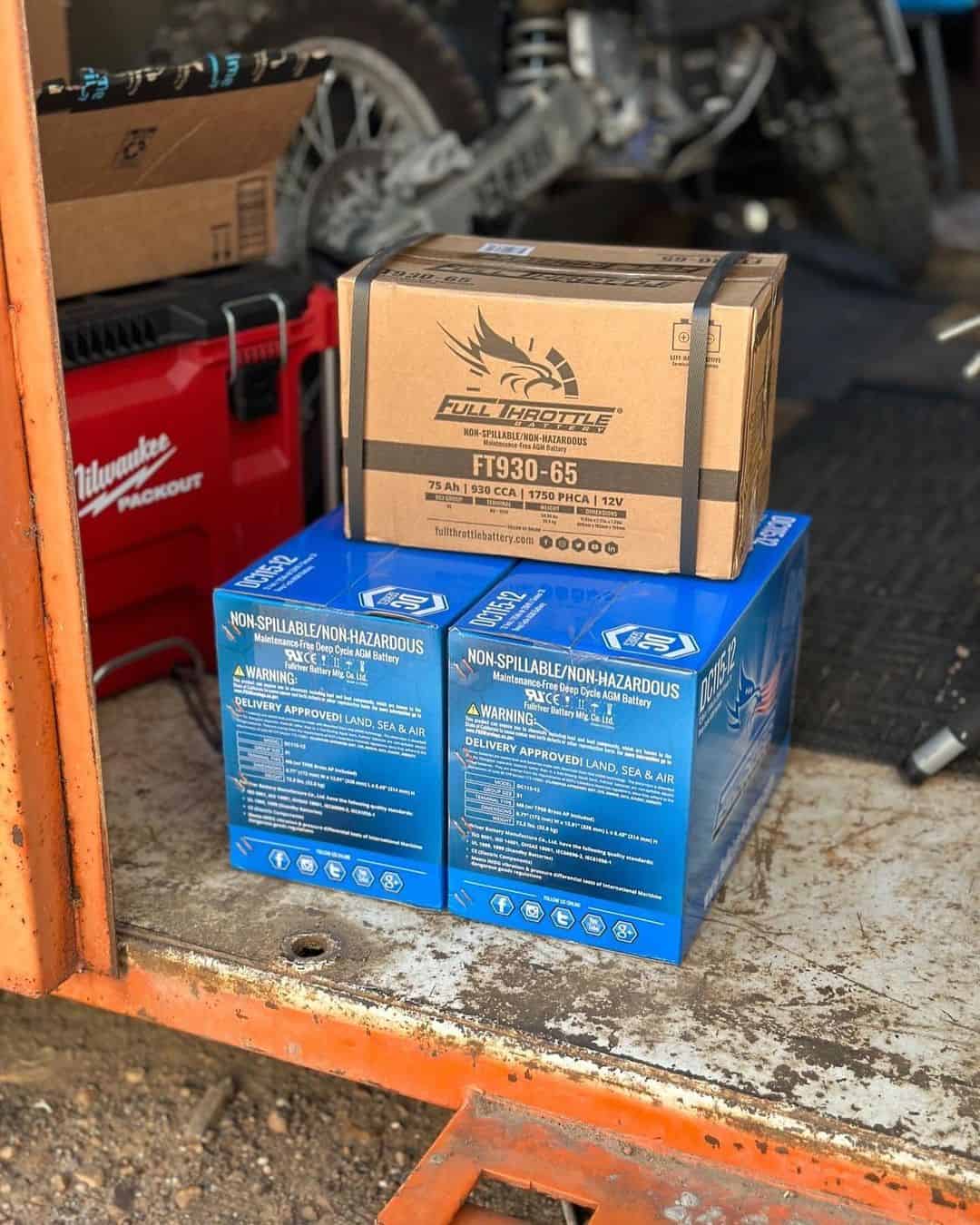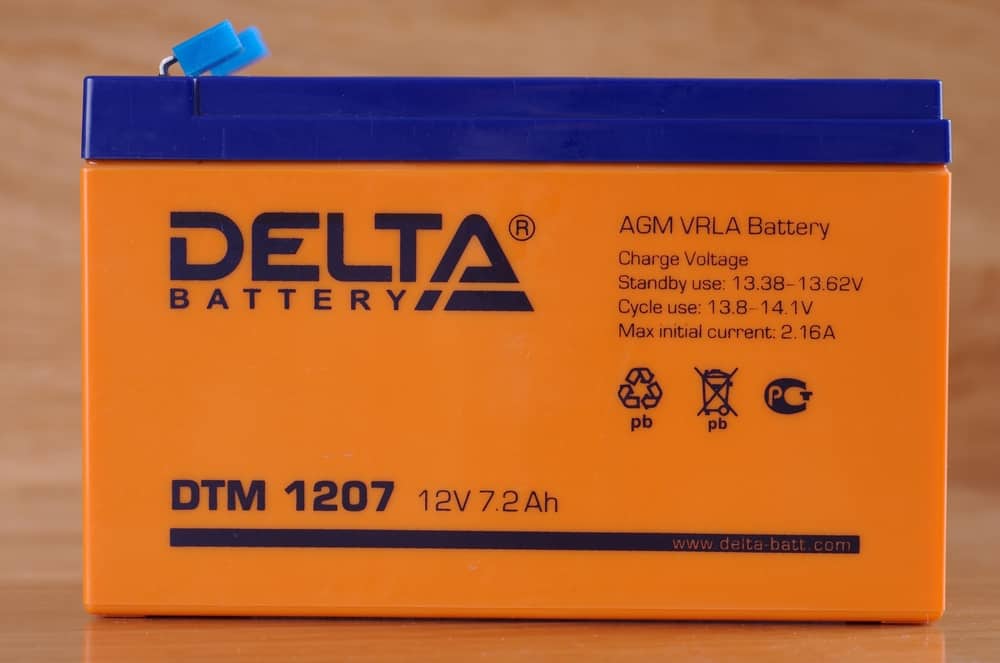Many gadgets, appliances, and vehicles rely on a 12 Volt AGM battery as their power source. AGM technology is a revolutionary, 12-volt car battery option that effectively replaces traditional flooded lead-acid batteries.
The most noteworthy difference is in the electrolyte state. While traditional flooded lead-acid batteries have a free-flowing liquid as their electrolyte, AGM batteries contain theirs within glass fibers. This makes them much more secure and less prone to spills or windows of exposure.
But what exactly are these batteries? What makes them so powerful? How do you properly care for them to ensure they last longer? In this article, we’ll answer all those questions and more.
Table of Contents
- An overview of 12 Volt AGM Battery
- Benefits of Using 12-Volt AGM Batteries
- Disadvantages of Using 12 Volt AGM Batteries
- How Do 12 Volt AGM Batteries Work?
- Types of 12 Volt AGM Batteries
- How to Choose the Right 12 Volt AGM Battery?
- How to Care For Your 12-Volt AGM Battery?
- Applications of AGM Batteries
- Conclusion
An overview of 12 Volt AGM Battery

A 12-volt AGM (Absorbent Glass Mat) battery is a rechargeable lead acid battery used in many applications, such as automotive, marine, RV, and emergency backup power. It stands for “Absorbed Glass Mat,” an electrolyte suspension system that performs better than traditional lead acid batteries.
The main components of a 12-volt AGM battery include the following:
- Two plates (positive and negative).
- An electrolyte solution.
- A separator.
- A container or case.
The positive plate is constructed of lead dioxide, and the negative plate is composed of sponge lead. The electrolyte solution consists of a mixture of sulfuric acid and distilled water, while the separator works to keep the two plates from coming into direct contact with each other.
It features a regulator valve (VRLA) to prevent overcharging, and its electrolyte is absorbed into the glass mats between the cells. This offers a longer lifespan than traditional lead-acid batteries, with less maintenance and more efficient recharging.
AGM batteries can be used in deep-cycle and starting applications, offering reliable, safe, and long-lasting power.
Benefits of Using 12-Volt AGM Batteries
AGM batteries have several critical advantages over traditional lead-acid batteries.
1. Reliability and Longevity
12-volt AGM batteries are known for their reliability and longevity, offering superior performance compared to lead acid batteries. They are less prone to sulfation, which can shorten the life of other lead acid batteries.
AGM batteries have a longer lifespan since their electrolyte is absorbed into the fiberglass mats between the cells. Additionally, they are maintenance-free and need minimal watering or checking electrolyte levels. This makes them much more convenient and cost-effective in the long run.
2. Safety Features
AGM batteries offer several safety features, such as low internal resistance and non-spillable construction. This makes them much safer than other lead acid batteries, which can be hazardous due to their high voltage and the risk of leaking or spilling corrosive electrolyte solutions.
3. Smaller Size
AGM batteries are also more compact than traditional lead acid batteries. This makes them ideal for limited-space applications, such as electric vehicles or RVs.
Disadvantages of Using 12 Volt AGM Batteries
As with any product, there are also some potential drawbacks to using 12-volt AGM batteries. One of the most significant disadvantages is their cost; AGM batteries can be more expensive than standard lead acid batteries due to the unique components used in manufacturing them.
While the long-term cost savings from their improved performance and reliability may outweigh the initial cost, the price point can be a major factor for some people.
How Do 12 Volt AGM Batteries Work?
AGM battery technology uses a series of chemical reactions to convert electrical energy into stored chemical energy and vice versa. When charging the battery, an electric current passes through the battery’s positive plate, and the electrolyte is converted into a sulfuric acid liquid solution.
This reaction causes the plates to become charged with electricity, which is then stored in the battery.
When discharging, the process reverses, and an electric current passes from the negative plate of the battery to power devices or equipment. As this process occurs, energy is released in the form of radiant heat.
Types of 12 Volt AGM Batteries
There are several battery types of 12-volt AGM available in the market today. These include flooded, gel, and absorbed glass mat (AGM) models. Flooded batteries require periodic maintenance, such as adding distilled water to maintain electrolyte levels. In contrast, gel and AGM batteries are sealed and don’t mandate any topping-up.
1. Flooded Lead Acid Battery
Flooded lead acid batteries are the most common type of 12-volt AGM battery. It consists of lead plates and a liquid electrolyte to store energy. The cells are filled with sulfuric acid and water, and excess liquid is expelled during charging to prevent overcharging.
2. Gel Battery
Gel cell batteries are similar to flooded lead acid batteries, but instead of a liquid electrolyte, they use a gel-like material made from silica and sulfuric acid. This type of battery is sealed and requires no maintenance. Both gel and AGM batteries are considered Valve-Regulated Lead-Acid (VRLA) power sources.
3. Deep Cycle AGM Battery
Deep cycle AGM batteries are designed for deep cycling applications and can be discharged to a greater depth than flooded or gel cell batteries. They are often used in RVs, marine applications, and other applications where the battery will be regularly discharged and recharged.
Deep cycle batteries typically have thicker plates, allowing them to handle more discharge cycles than different batteries.
4. Starting AGM Battery
Starting AGM batteries are designed for engine-starting applications and can provide a large amount of current in a short amount of time. They typically have less capacity than deep-cycle AGM batteries but can withstand more charge cycles due to their thinner plates.
How to Choose the Right 12 Volt AGM Battery?

When choosing a 12-volt AGM battery, consider the capacity and size as these will affect its performance and life span. The capacity of a battery is determined by the amount of energy it can store, measured in Amp-hours (Ah). The larger the capacity, the more energy the battery can store.
You must also consider the size and weight of the battery. This will determine how easily it can be installed and moved around if necessary. AGM batteries tend to be lighter than traditional lead acid batteries, making them easier to transport and install in tight spaces.
AGM batteries come in different voltage ratings ranging from 6V to 12V. Finally, consider the application you will use the battery for.
Regardless of the type of 12-volt AGM, proper maintenance is essential to keep it working optimally.
How to Care For Your 12-Volt AGM Battery?
Always properly care for your 12-Volt AGM battery if you want it to last as long as possible. Here are some tips to ensure your battery remains in top shape.
Keep your 12-Volt AGM battery charged and topped off with distilled water if necessary. This will help prevent corrosion and sulfation, which can significantly reduce the lifespan of your battery. AGM batteries require regular charging to prevent over-discharging, which can reduce their life span and performance.
It’s essential to use a good quality charger designed for AGM batteries. This will ensure your battery charges properly and remains healthy. Additionally, avoid excessive vibration and shock, as these can damage the battery.
Finally, check the terminals of your battery regularly for signs of corrosion or other damage. Clean them off with a solution of baking soda and water if you find any, as this will keep your battery in good condition.
Tips and Warnings
- Always use a quality charger designed for AGM batteries.
- Check the terminals of your battery regularly for signs of corrosion.
- Do not overcharge your battery or let it get too low on charge.
- Disconnect the battery before doing any maintenance.
- Follow the manufacturer’s recommendations for charging and maintenance.
Applications of AGM Batteries

12-volt glass mat batteries are used in various stationary and mobile applications. They are used to start engines, power lights, provide backup power, and run recreational vehicles such as boats and RVs.
AGM batteries provide excellent safety and resistance to shock and vibration, making them ideal for locations where fumes or hydrogen may be a hazard. They are also often used in remote off-grid locations to provide a reliable energy source. This is due to their low maintenance requirements, high energy storage capacity, and long life span.
Some other applications of AGM batteries include powering medical devices, toys, and electric scooters. They can also be used as a reliable backup power source for businesses or homes during power outages.
Spills of acid from leaking tipped or broken battery cases can be avoided with AGM batteries, making them well-suited for remote communications sites and other locations where maintenance would be difficult or expensive.
AGM batteries are prepared for extreme temperatures, such as those found at -40 degrees F or lower – these are great for wheelchairs, medical standby power, RVs, computer room UPS systems, and enclosed spaces in boats.
Conclusion
AGM batteries are an excellent choice for various applications due to their resistance to shock and vibration, safety features, and ability to handle extreme temperatures. While they may be more costly, the benefits provided by these batteries make them well worth the investment.
Your 12-Volt AGM battery can provide years of reliable power with proper care and maintenance. From providing an essential energy source for electric wheelchairs to powering up standby systems, these versatile batteries are sure to come in handy and are worth the cost.
